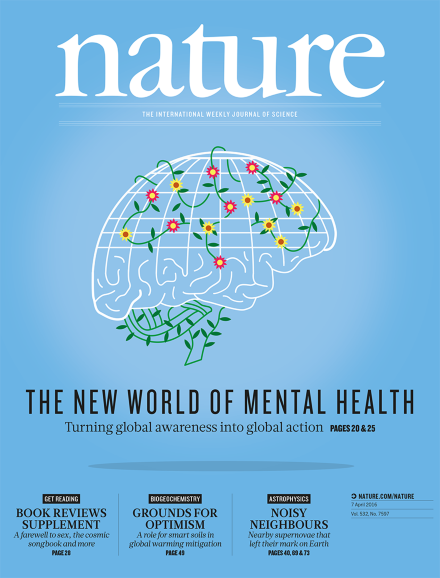Volume 532 Issue 7597, 7 April 2016
Editorial
World View
Research Highlights
Seven Days
Correction
News
Correction
News Feature
Comment
Spring Books
Correspondence
Correction
News & Views
Perspective
-
Climate-smart soils
Collection:

